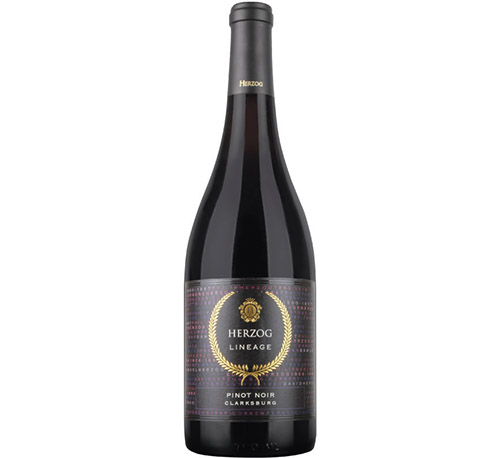




Pesach is now around the corner! I cannot even count how many times a day I’m being asked these questions: Which wines should I get for Pesach? Which wines are good for Arba Kosos? On Pesach, we rejoice and thank Hashem for granting us freedom. Freedom from our long enslavement to Mitzrayim, a foreign, immoral idols-worshiping nation. From then on, we have been free to serve Hashem and follow his Torah and Mitzvot. As well, our freedom has enabled us to nowadays produce and enjoy an ever-growing selection of quality kosher wines.
As every mitzvah in the Torah, the halachos of the Pesach Seder never change. There are, of course, different opinions and interpretations as to the right shiur, the amount of wine that we should drink for the kosos and how fast we should be drinking it. There are also several opinions and minhagim as to the right type of wine for this mitzvah: red or white? Is Mevushal ok? I am not a rabbi and therefore I will not pretend to pasken here what is right and what is wrong.
While there are indeed different minhagim for which wine to drink at the Seder, one thing stays the same for everybody: We have to drink four cups of wine (or grape juice, if you and your rabbi are okay with that). Considering the fairly large amount that represents, I believe a strategy is required to avoid getting overwhelmed, intoxicated and/or, chas v’shalom, sick.
As well, while the Torah does not change, wine does. The selection of kosher wine constantly changes and grows, as the best wines evolve, change and sometimes improve as they age when properly stored. Every year, new wines and vintages are released, just in time for the big Pesach sale. I recommend the two following strategies:
This is what I personally do for the sedarim: For the first and the last two cups, I go with a rosé wine. According to most opinions, rosé is just a shade of red and counts as such as it is made from red wine grape varieties. The winemaker, using a special method (there are a few but the goal is roughly the same), controls how red he/she wants the wine to look like by limiting the contact between the must, the grape juice and the grape’s skin from which the color comes. Some of the rosé wines I will use this year: the delightful Flam Rosé, with its notes of tart strawberries and herbaceous undertones. The Jezreel Valley Rosé is also a mouth-watering pink Israeli wine that I am planning to enjoy for the 4 kosos. Good rosés do not come exclusively from Israel, and I am also looking forward to drink Les Lauriers de Rothschild Rosé, which comes from Bordeaux, in France. For the second cup and Shulchan Orech, I like to drink with the yom tov meal a well-aged red wine. One particularly good memory is the magnum (contains 1.5 liter, like two regular bottles) of Castel Grand Vin 2002, which two years ago was enough for both sedarim. This year, for the second seder, I am looking forward to enjoying a mature bottle of Château Fourcas Dupré. The latest release, the 2015 vintage now on the shelves, should be a keeper, as well.
The second strategy is simple. You start with a light wine. It can also be a rosé, such as the Tabor Adama Barbera Rosé, but it can also be a Pinot Noir, such as the Vitkin Pinot Noir, or the new Pinot Noir from the top QPR series Herzog Lineage. It is light in body and easy to drink, yet flavorful. Then, you work your way up and move on to a fuller-bodied wine such as the Herzog Cabernet Sauvignon Clone 6 from the Chalk Hill appellation in Sonoma, California. It is wonderfully rich and layered, with complex, black fruit and mineral aromas as well as a long and plush finish. You can then move back to your Pinot Noir or a different lighter wine for the third cup such as Capçanes La Flor del Flor Garnatxa. This is a superb Grenache from Spain, which is elegant and oh so refined. Then, for the fourth cup, either keep going with the Capçanes or, if you can handle it, a sweet wine. The Porto Cordovero LBV, for instance, is truly an amazing wine. Port wines are heavy, high in alcohol and therefore not the first choice for most people. But the sweetness and balance allow for an easy drinking experience, which should ensure a deep sleep once the seder is all wrapped up.
I hope these guidelines will help you achieve a great Pesach sedarim experience. If the aforementioned wines were the only great ones we had access to for Pesach, dayenu! Pesach kasher v’sameyach! L’chaim!
By Gabriel Geller, Royal Wines








